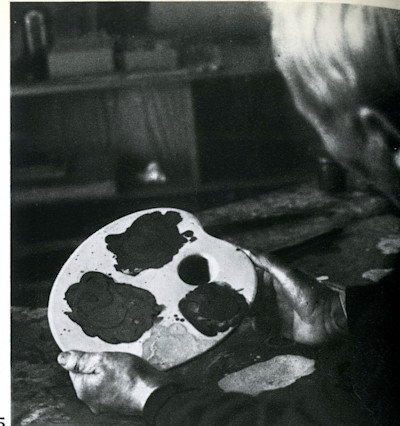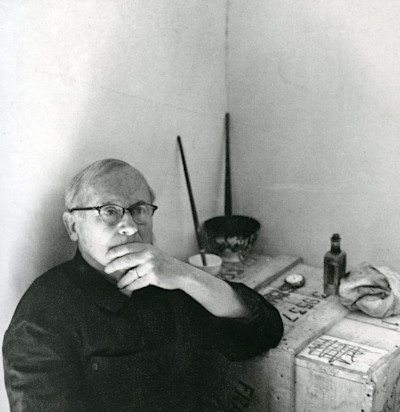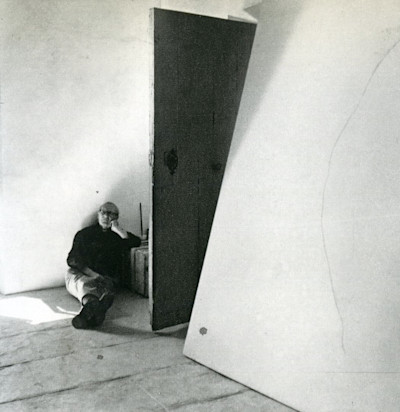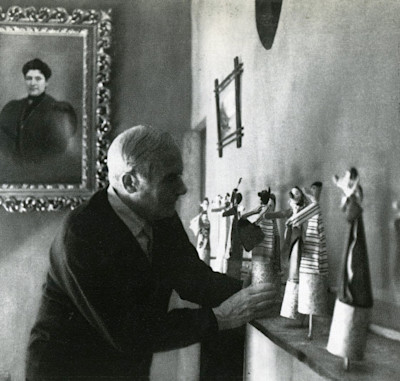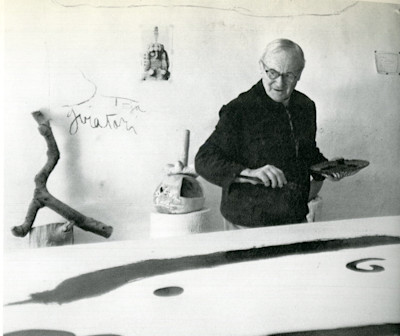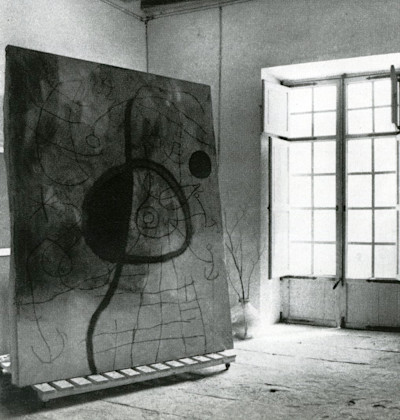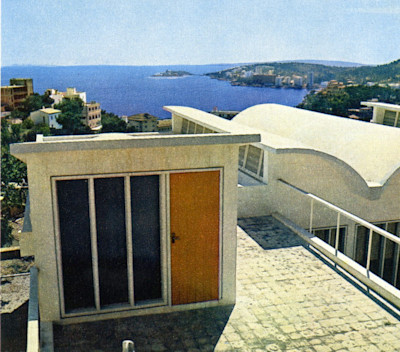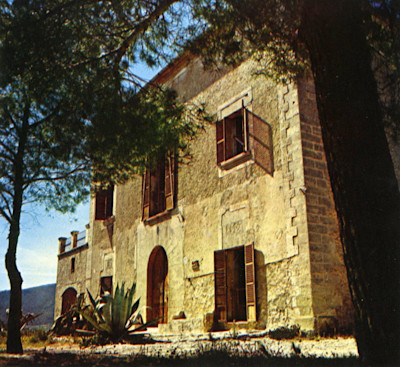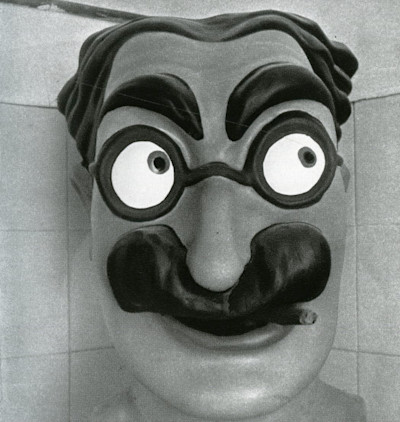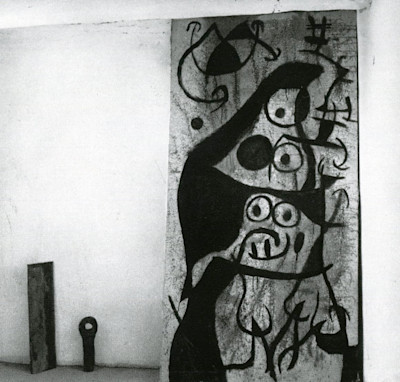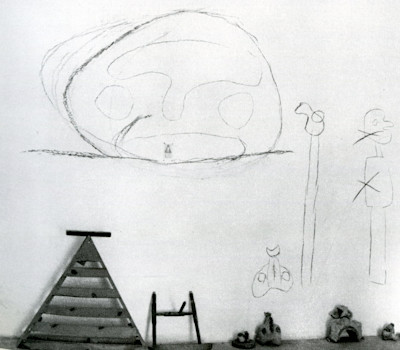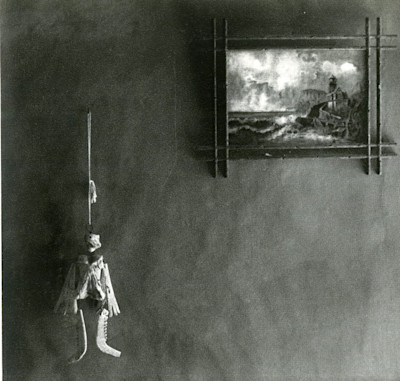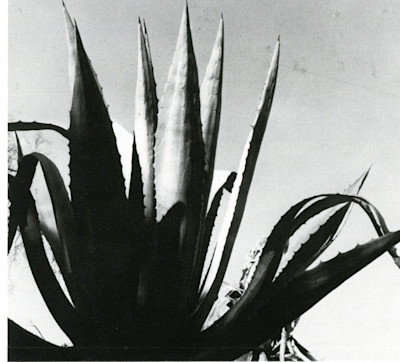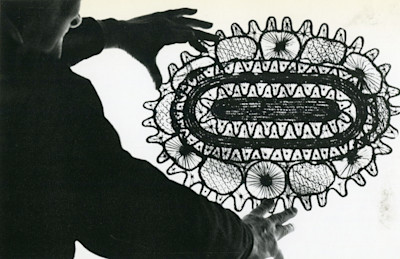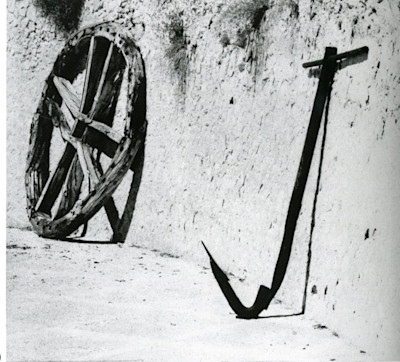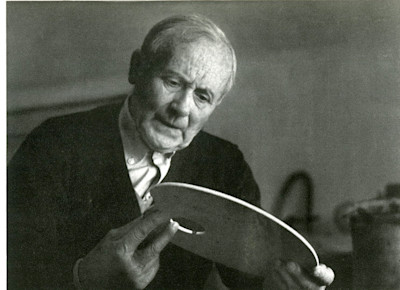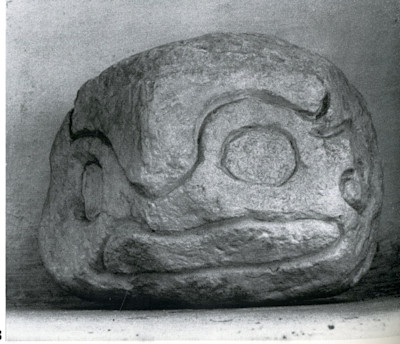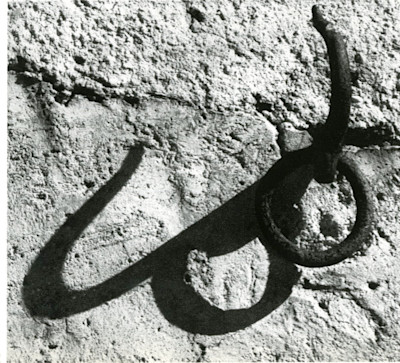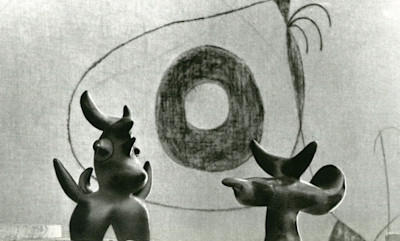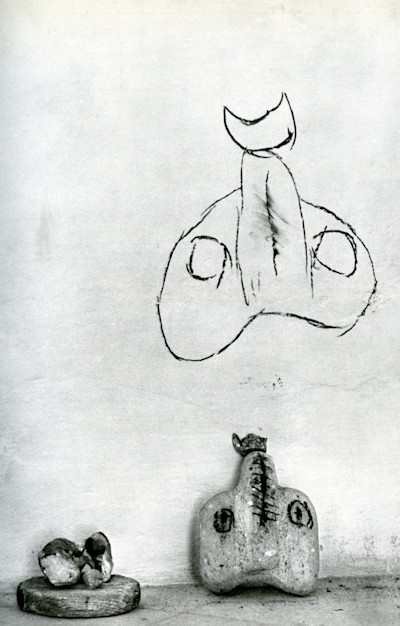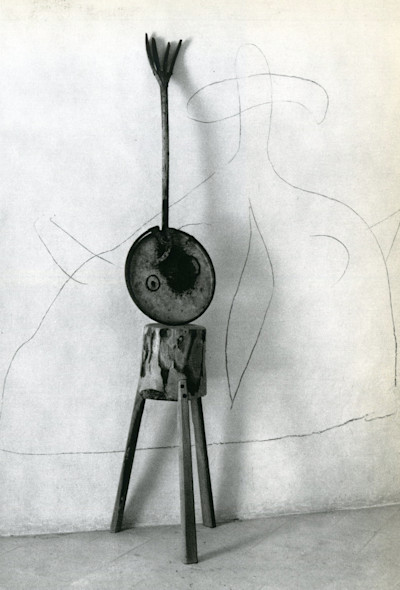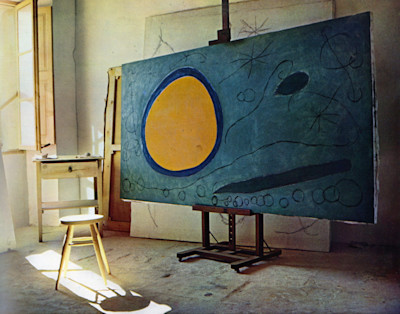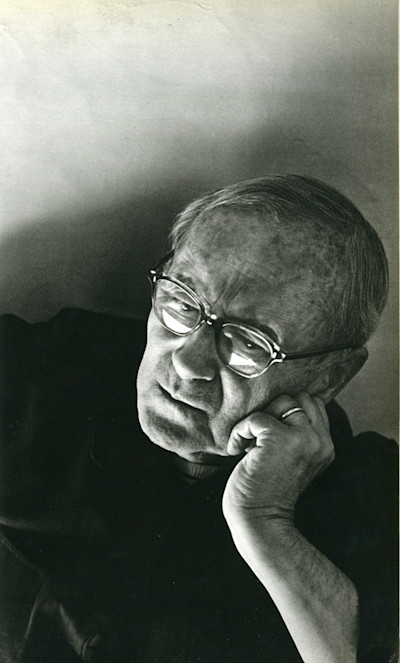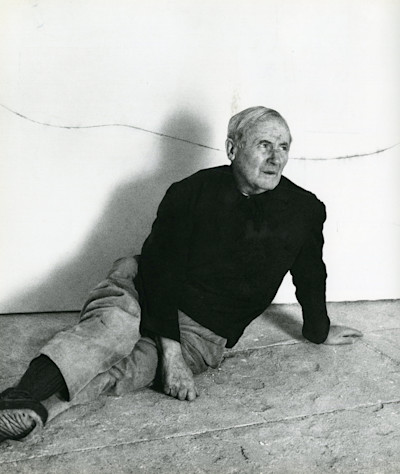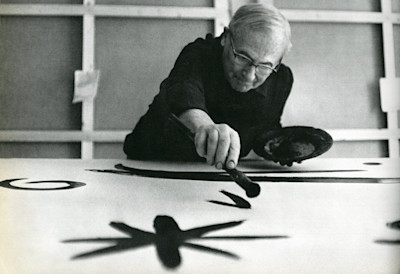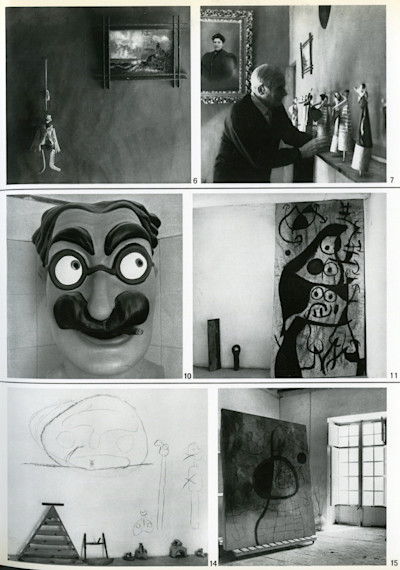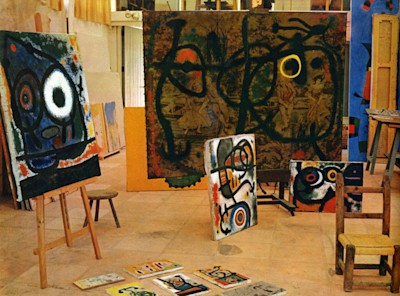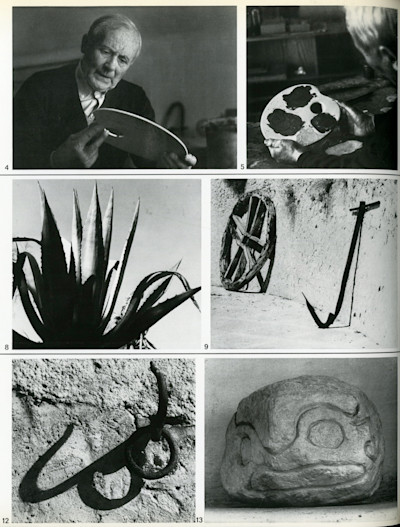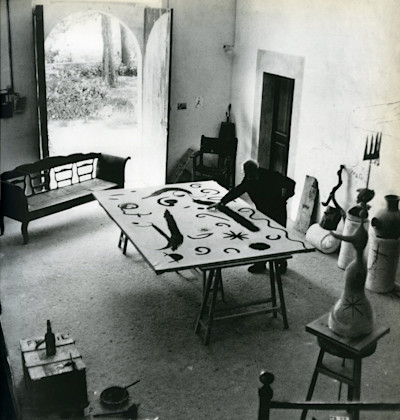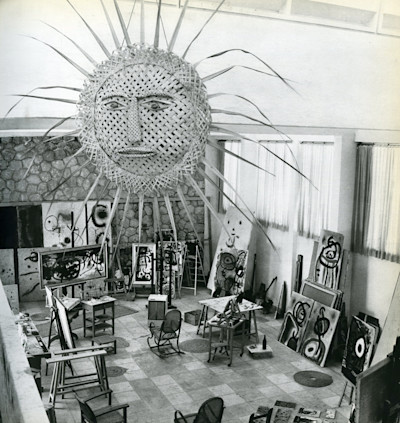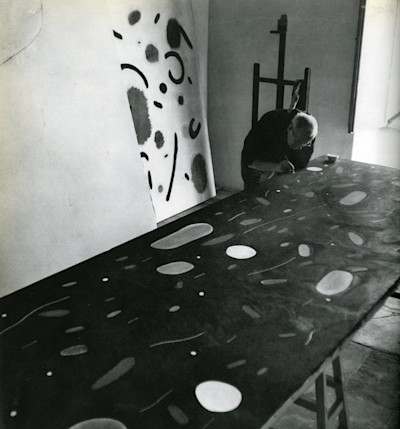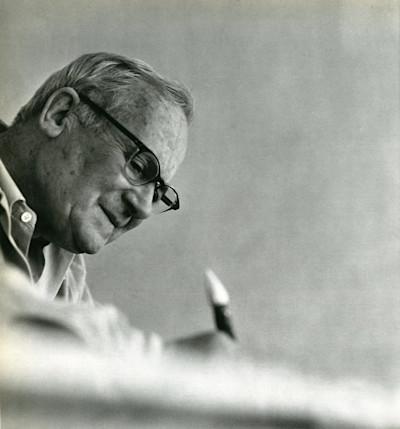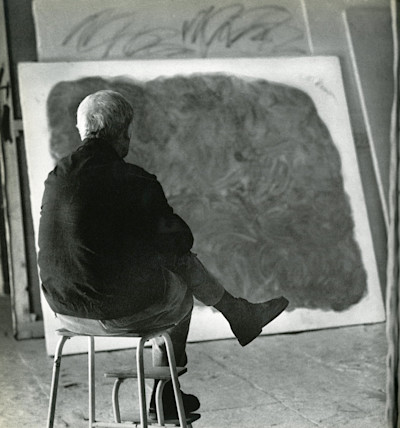Find Solace: Miró
05.2.2020

We’re committing ourselves to inspiration. As creatives, we find solace in our work; we must come together in reassurance that this solace is indelible. At times of fear, we’re grounded by our creative touchstones, and for this we’re committing ourselves to gratitude as well. While the world is heavy with a grief of the sort that feels deep and immovable, we hope our Daily can be a source for pause on the beauty that persists in the face of it all. Over these next several weeks, as we settle into new routines at home, we’ll be highlighting artists who have sought comfort in their creative environments. We’re inspired by these artists throughout history – and now – who have retreated to their homes, to their studios, to be immersed in the solace of their work.
We’re inspired, we’re grateful, and we’ll get through this together.
————
For our solace this week, we’re traveling to Mallorca. This was where Joan Miró manifested his dream-like studio, Taller Sert.
We’re particularly interested in the history of the architecture behind Taller Sert, and how it both successfully exposed and happily engulfed Miro’s artistry. In terms of the built structure itself, the plans were drafted by renowned Spanish architect Josep Lluís Sert, with construction completed late in 1956. Sert sought to embrace Mallorca’s unique hillside geography and sun drenched mediterranean climate. Upon reflection, the organic shapes of the roof structure mimic the hills within which the studio is nestled. Hallmark usage of concrete serves as contrast to the native earth tones of the existing land, highlighting the environment further.
Being an artist’s studio, the space planning was meticulously determined by usage. Walls were sized according to Miró’s specific canvas dimensions, storage was provided in ways that begged the inspired painter to live amongst his objects-as-muses. Shelves were provided generously for display. Light was beckoned in. The studio ultimately became a space indicative of the work being made within its walls: as far reaching in modernity as it is grounded in history, as decorative as it is primitive.
All images are by Daniel Frasnay from his book “The Artist’s World”.

